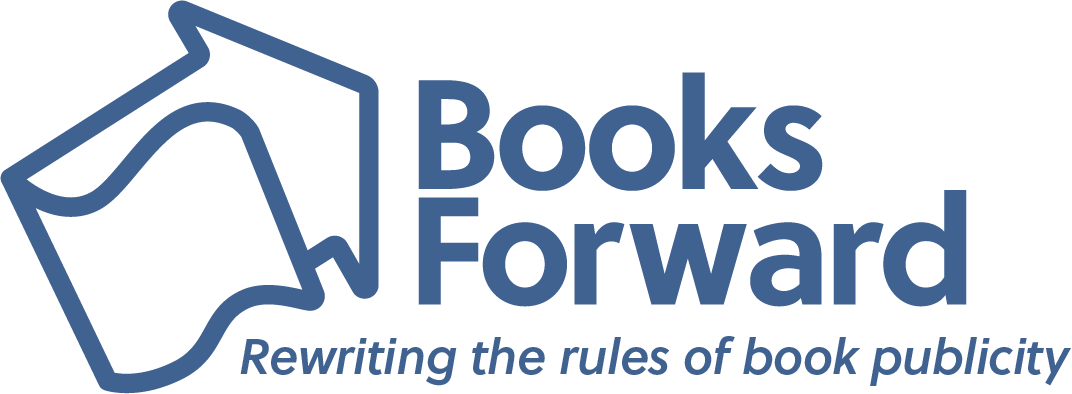So much of the publishing industry is about what your goals are for your book, and choosing your publishing path is no different. Figuring out which method works best for your book, and your budget, can be a daunting task.
Traditional publishing
Choosing to go the traditional route might seem like a golden ticket to get your book out there, but many authors are surprised by what traditional publishing entails for their own personal cost. Most publishers foot the bill for the production process, but getting in with that publisher might take some additional resources.
Editing your manuscript
Before querying publishers or even agents in an effort to get your book accepted, you should try to get your manuscript in the best shape so that it’s up to industry standards. The cost to do this can vary greatly, depending on the level of editing you’re looking for and the length of your book. Expect a good professional editor to be at least $500 for lower-level evaluation or editing, but it can range up to a few thousand dollars. Be mindful that once you are with a publisher, they may also do their own in-house editing.
It’s very competitive to be picked up by a publisher, so many authors choose to pair with an agent to help get their foot in the door. There isn’t typically an upfront cost working with an agent, but they will take a percentage of your advance or royalties (typically 10 to 15 percent).
Publicity and marketing
After you publish your book, there are publicity and marketing efforts to help with visibility and sales. Many authors think, well if I’m with a publisher, they’ll handle all of that right? But this isn’t always the case. Publishers sometimes have hundreds of books on their list, and they tend to prioritize a few titles, putting more effort into publicizing books they feel are going to sell better. This leaves many authors to do most of the leg work, which can come with costs.
Advertising
For advertising, you can expect to spend at least a few hundred dollars, depending on the level of ads. Hiring a publicity firm will help with the nitty gritty, and a full-blown campaign to promote and market your book could cost anywhere from $2,000 to $30,000.
What are the limitations?
Traditional publishing can come with some limitations on the author’s end. They tend to give up some creative control, and not have much say on the back end, and ultimately the book is in the publisher’s hands. Independent or self-publishing can help get some of that freedom back, but it comes with the costs.
Other publishing routes
When publishing a book yourself, it’s vital to pair yourself with industry professionals who understand the ins and outs. This can look like hiring contractors for each piece of the puzzle, working with a small vanity press, or an organization that offers publishing services but allows you to be your own publisher.
Each book will likely start with editing in some capacity, but once you polish your book there are many other steps to get your story to be a nicely full-packaged book.
Let’s break down the overall cost
Editing
A good, industry professional editor is crucial for the success of your book. Costs for editing tend to be based on word count, and overall costs can vary:
-
- Developmental Editing: $2,000 – $6,000
- Copy Editing: $1,000 – $3,000
- Proofreading: $500 – $2,500
Cover Design
Like with editing, ensuring your cover is up to snuff and does not stick out in the market is essential. Professionally designed covers tend to start at at least $500 and can go up to $2,000-$3,000
Formatting
There are lots of options for formatting out there and many systems that you can use to format the book yourself. Hiring a professional will make the process easier and could yield a better-looking book. For print and ebook formats, expect to spend $200 to $1,000 depending on your word count.
ISBN
We encourage buying ISBNs through Bowker, though certain print-on-demand outlets can provide one for you. Through Bowker, ISBNs cost $125 each, but they do offer bulk ordering options.
Printing
There are two main methods of printing for self-publishing: offset and print-on-demand (POD). Offset means you are printing large quantities at once at a lower print cost. However, that means the author is in charge of warehousing and fulfillment, which can get tricky. If you choose a POD structure, print costs tend to be higher ($5-$15 per book depending on the metadata) but the distributor handles orders, warehouse, and fulfillment.
Distribution
If you go with POD, the most popular partners are Kindle Direct Publishing (KDP, which is Amazon) or IngramSpark. Neither charge set up fees so it is free to set your book up on their platform. They handle retail listings, printing, shipping, and fulfillment. Print costs tend to be higher but authors keep all their royalties and have full control over the back end of their book.
Marketing and PR
Effective and professional marketing is crucial for success. This can look like setting up social media ads, putting together press releases, coordinating media coverage, etc. The cost can be anywhere from $1,000 to $25,000 or more.
Final thoughts
Authors will have to give up certain things no matter the publishing path they choose. Traditional publishing will handle more costs for production, but authors will have less control and may not have the feeling of someone being on their “team” as much as they expect. Self-publishing requires more monetary resources upfront from the author, but royalties tend to be higher and they have more control over their work.
No matter what, there is a path out there to get your book into the hands of readers. Interested in learning more about publishing reach out to us or our sister company Books Fluent to publish your book today!

Born in Memphis and raised in a small town on the Tennessee-Kentucky border where you had to drive 10 minutes to see your neighbors, Hannah came to understand the human experience through her favorite books, mainly John Steinbeck’s East of Eden. She moved to the heart of Nashville to attend Lipscomb University, originally as a psychology major that influenced her ability to communicate so warmly and effectively, and really suss out an author’s goals for her book publicity work. She eventually changed her major to get more experience in the publishing and writing realm as she wanted to be around books.
Previously a bookseller with Barnes & Noble, Hannah’s first-hand experience getting books into customers’ hands gives her a unique and important view as a book publicist. Of course now she is helping authors get their books into readers’ hands!


